What is the tolerance range of precision screws?
What is the tolerance range of precision screws?
Service Hotline
+86760-8787 8587We have more than ten years of production experience in the screw industry. The main products are: single-head tooth isolation column, green plug screw, finished cylindrical pin, enlarged flat washer, carriage machine screw, 201 stainless steel, thumb screw, step round nut, wholesale 2 Type nuts, dovetail screws, nylon cross head bolts, round head screws and nuts sets, complete nuts, galvanized/black claw nuts, anti-slip bolts, tire nuts and other fasteners, due to different product materials and specifications, the price also varies different, please contact us if necessary.


The first person to describe the spiral was the Greek scientist Archimedes (c. 287 BC - 212 BC). An Archimedes screw is a huge spiral contained in a wooden cylinder that is used to irrigate fields by raising water from one level to another. The real inventor may not be Archimedes himself. Maybe he was just describing something that already existed. It may have been designed by the skilled craftsmen of ancient Egypt for irrigation on both sides of the Nile. In the Middle Ages, carpenters used wooden or metal nails to attach furniture to wooden structures. In the 16th century, nail makers began producing nails with a helical thread, which were used to connect things more securely. That's a small step from these kinds of nails to screws. Around 1550 AD, the metal nuts and bolts that first appeared in Europe as fasteners were all made by hand on a simple wooden lathe. Screwdrivers (screw chisels) appeared in London around 1780. Carpenters have found that tightening a screw with a screwdriver holds things in place better than hitting with a hammer, especially with fine-grained screws. In 1797, Maudsley invented the all-metal precision screw lathe in London. The following year, Wilkinson built a nut and bolt making machine in the United States. Both machines produce universal nuts and bolts. Screws were quite popular as fixings because an inexpensive method of production had been found at that time. In 1836, Henry M. Philips applied for a patent for a screw with a cross recessed head, which marked a major advance in screw base technology. Unlike traditional slotted head screws, Phillips head screws have the edge of the head of the Phillips head screw. This design makes the screwdriver self-centered and not easy to slip out, so it is very popular. Universal nuts and bolts can connect metal parts together, so by the 19th century, the wood used to make machines to build houses could be replaced by metal bolts and nuts. Now the function of the screw is mainly to connect the two workpieces together and play the role of fastening. The screw is used in general equipment, such as mobile phones, computers, automobiles, bicycles, various machine tools and equipment, and almost all machines. need to use screws. Screws are indispensable industrial necessities in daily life: extremely small screws used in cameras, glasses, clocks, electronics, etc.; general screws for televisions, electrical products, musical instruments, furniture, etc.
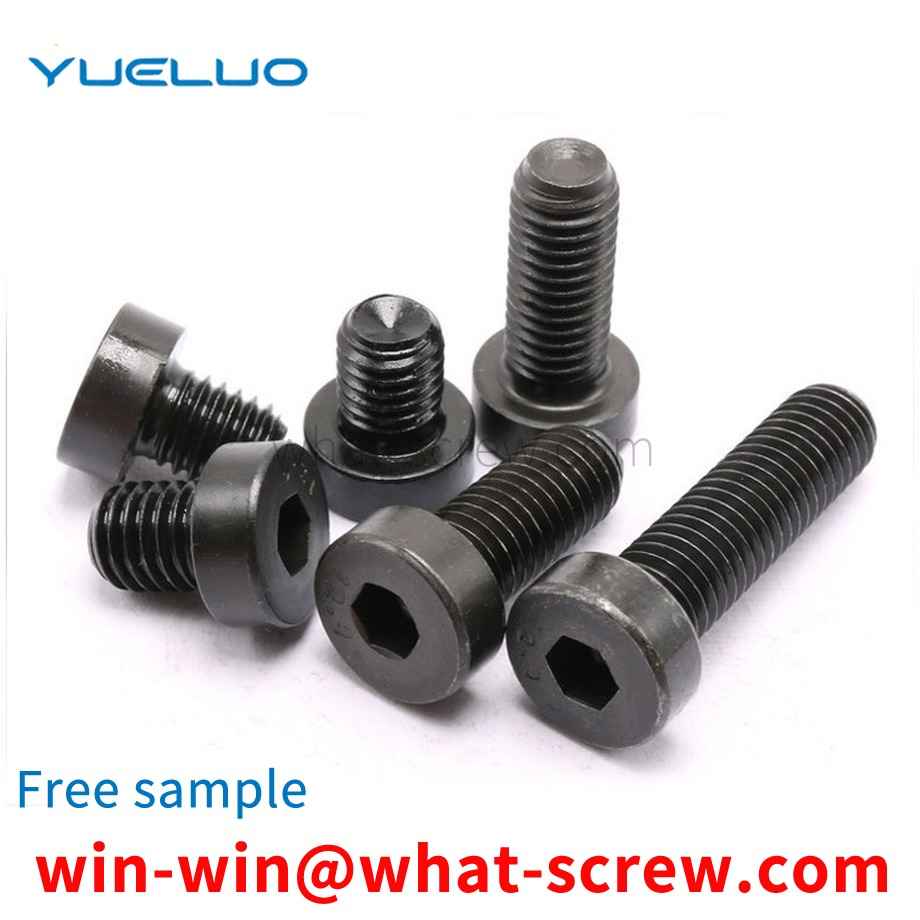
Advantages of anti-loose washers 1. Ensure that the clamping force of the connection is still maintained under strong vibration, which is better than fasteners that rely on friction to come from the lock; 2. Prevent the loosening of bolts caused by vibration, which no longer occurs due to fasteners related problems caused by loosening; 3. No special installation work is required, and it is easy to install and disassemble; 4. The temperature changes will not make the connector loose; 5. Durable; 6. Reusable.
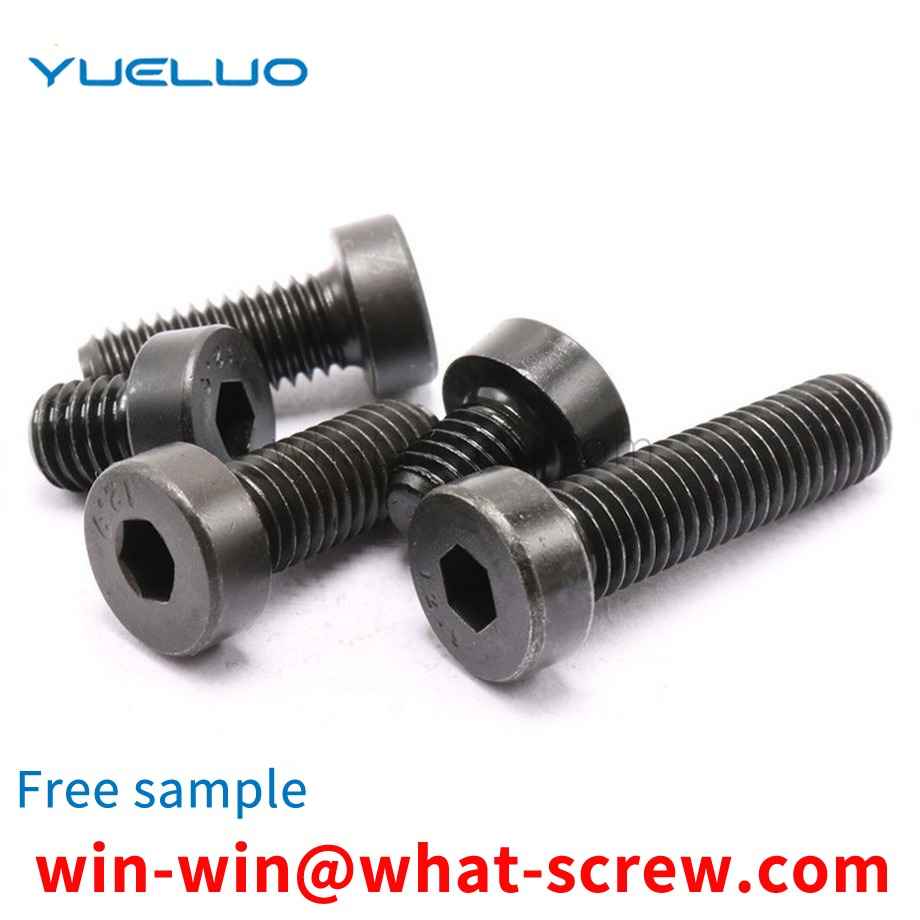
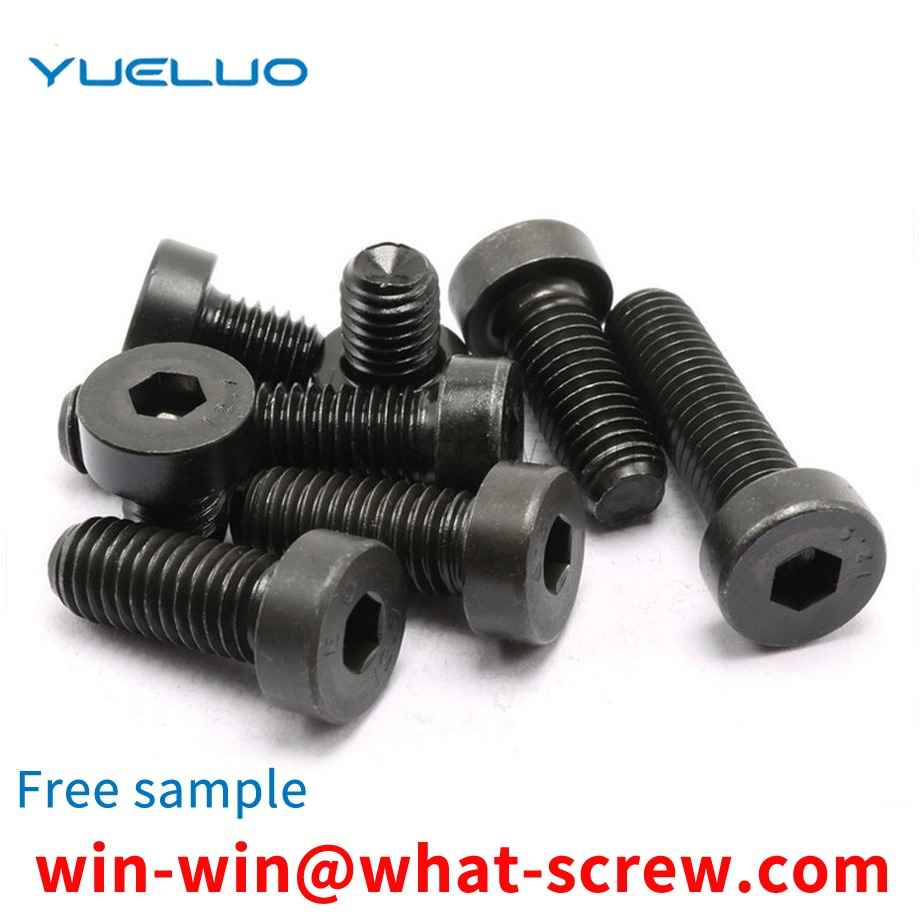
④ Screw tooth type A: Self-tapping sharp tail (Japanese standard type 1) sparse AB: Self-tapping sharp tail (Japanese standard type 4) dense; B: Self-tapping flat tail (Japanese standard type 2) sparse; C: Self-tapping Tapping flat tail (the third type of Japanese standard) dense; P: double wire teeth Type triangle teeth CCT: C type triangle teeth PTT: P type triangle teeth STT: S type triangle teeth
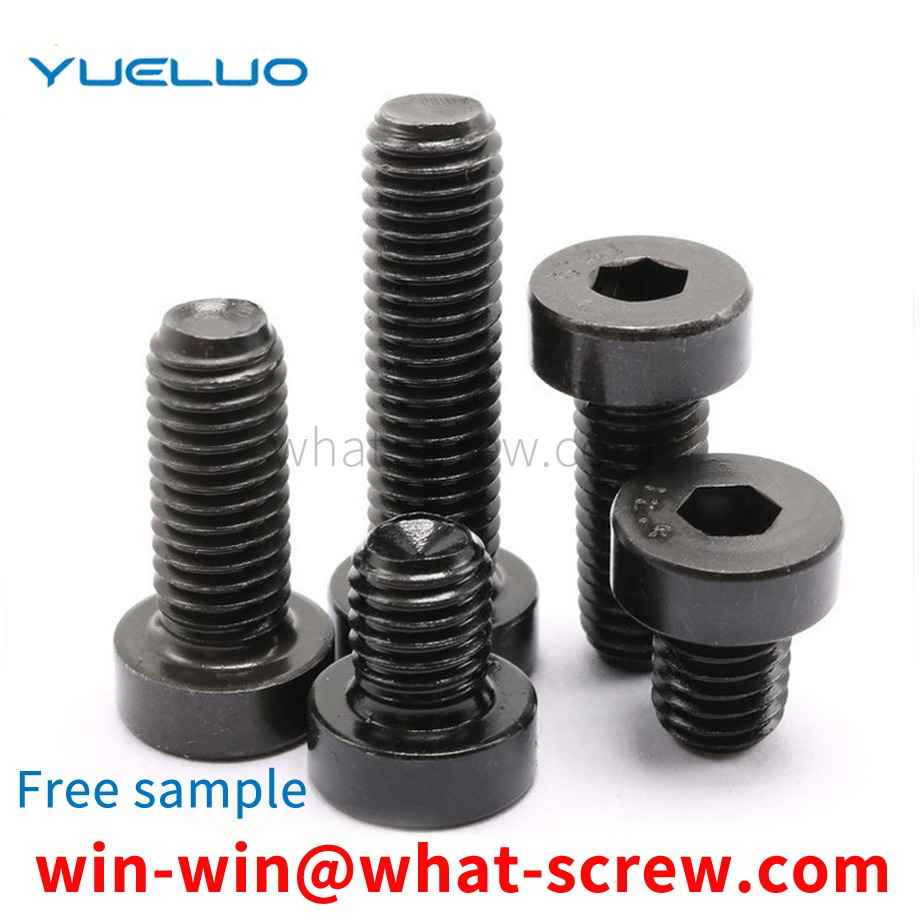
Countersunk rivet is a kind of part that uses its own deformation or interference connection to connect and position two objects in riveting. It is widely used in automobiles, vehicles, electromechanical products, aerospace products and other fields. When the countersunk head rivet is used, the head of the rivet sinks into the connected parts in whole or in part. This structure is mostly used for parts that require a smooth and smooth appearance. The standard structure of countersunk head rivets is specified in the national aviation standard, national standard and national standard, and the countersunk head rivets involved in these standards are all standard rotary structures.
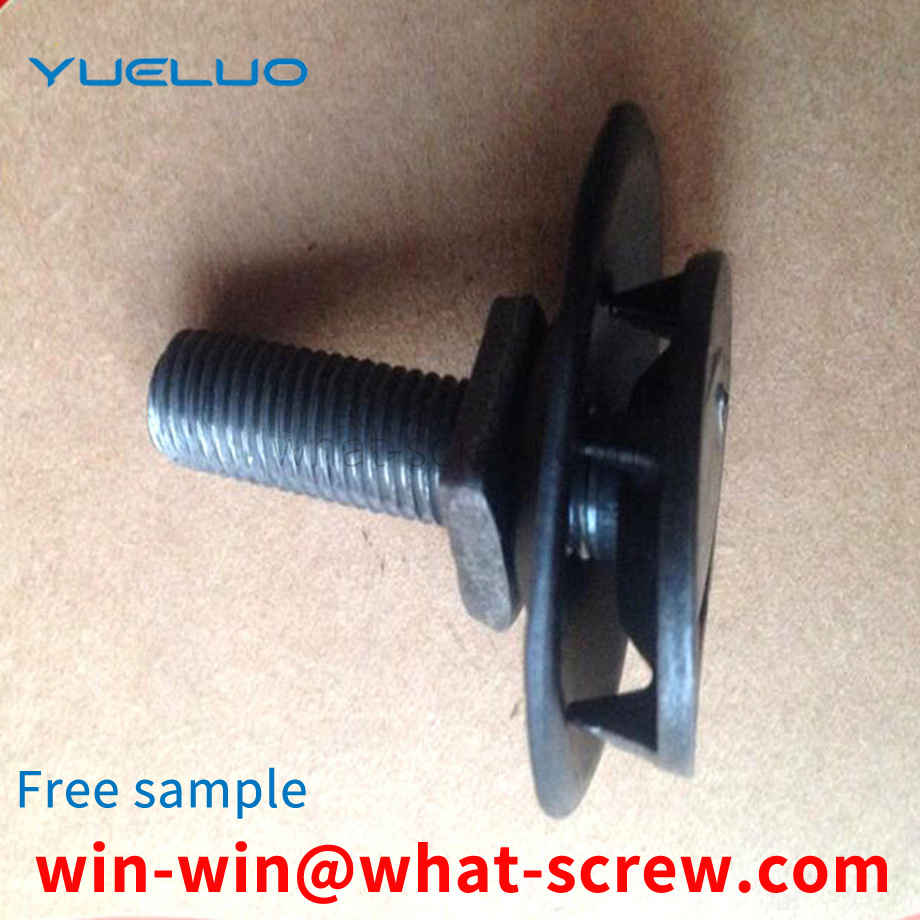
The above content is uploaded by Yueluo or the Internet. If there is any copyright issue, please contact [email protected].

What is the tolerance range of precision screws?

How to choose the right stainless steel screw manufacturer?

Why is there an R angle under the head of the hexagon head s...

We have more than ten years of production experience in the ...

We have more than ten years of experience in the production ...

We have more than ten years of experience in the production ...

We have more than ten years of experience in screw industry ...